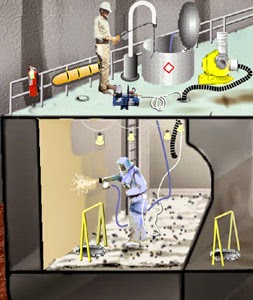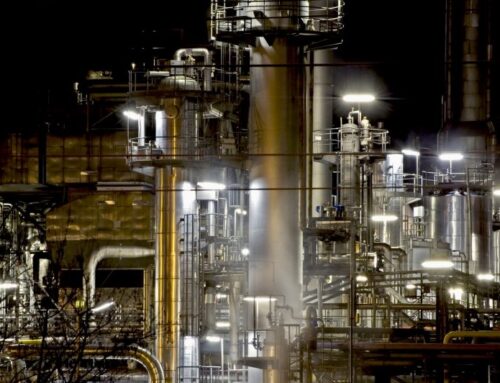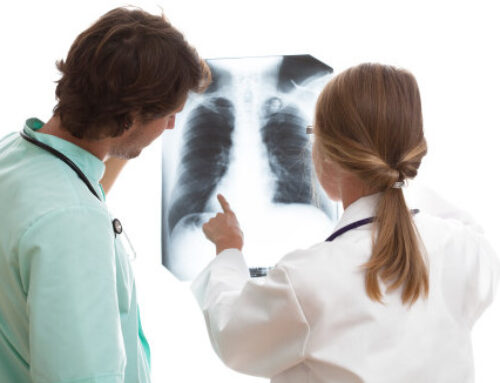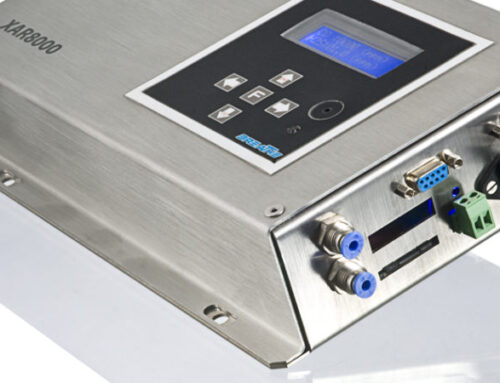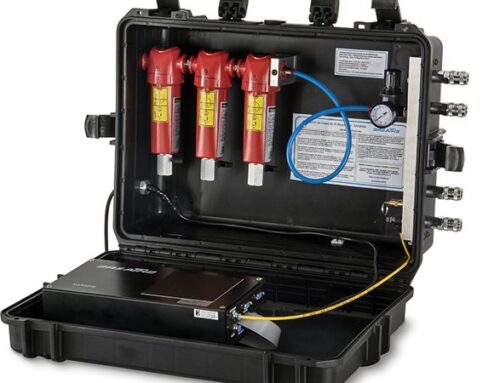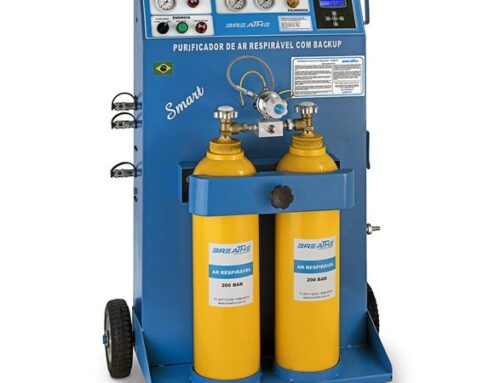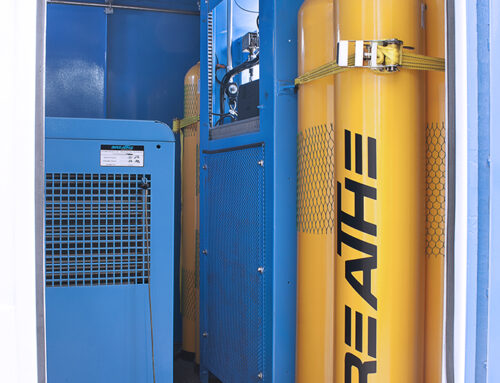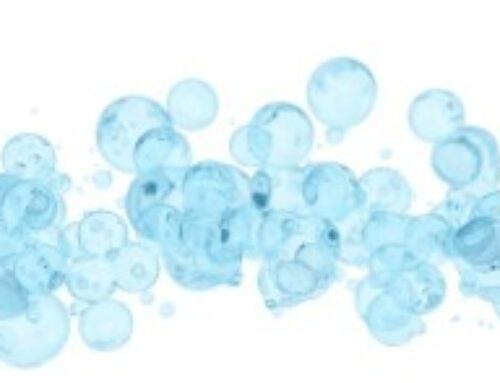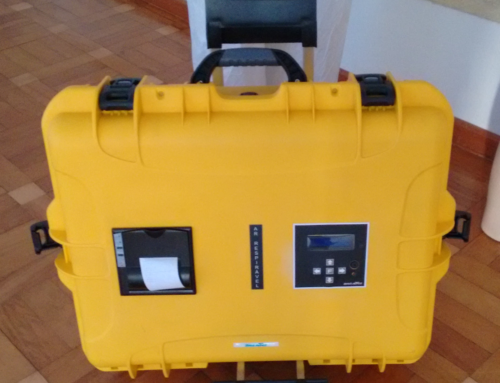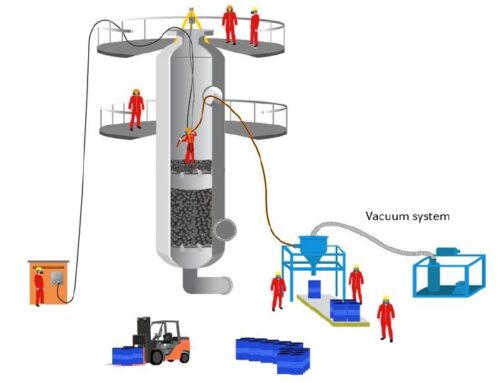IDLH atmosphere
IDLH atmosphere. The values of Immediately Dangerous to Life and Health are values used by the National Institute of Occupational Health and Safety (NIOSH) as breathing criteria that were developed in the mid-1970s.
The rationale for the parameters established so that a certain substance or atmosphere is classified as immediately dangerous to life or health (IDLH) are compilations of the fundamentals and sources of information used by NIOSH during the original determination of 387 previous theoretical values.
In addition, NIOSH continues to analyze documenting and revising the methodology behind the science and values IDLH existing where appropriate, and obtaining new IDLH values, or IDLH atmosphere – in Brazil.
Any atmosphere that presents an immediate risk to the worker’s health or life is immediately considered dangerous to life or health.
The Jorge Duprat Figueiredo Foundation for Occupational Safety and Medicine – FUNDACENTRORespiratory – establishes in the Protection Program (PPR) that a place is considered IDLH when any of the following situations occurs:
a) the concentration of the contaminant is greater than the concentration of IDLH atmosphere , or is suspected to be above the IDLH exposure limit; or
b) it is a confined space with a lower than normal oxygen content (20.9% by volume), unless the cause of the reduced oxygen content is known and controlled; or
c) the oxygen content is less than 12.5%, at sea level; or
d) the atmospheric pressure of the location is less than 450 mmHg (equivalent to 4,240 m altitude) or any combination of a reduction in the percentage of oxygen or a reduction in pressure that leads to a partial pressure of oxygen less than 95 mmHg.
In addition, NIOSH continues to analyze documenting and revising the methodology behind the science and values IDLH existing where appropriate, and obtaining new IDLH values, or IDLH atmosphere – in Brazil.

